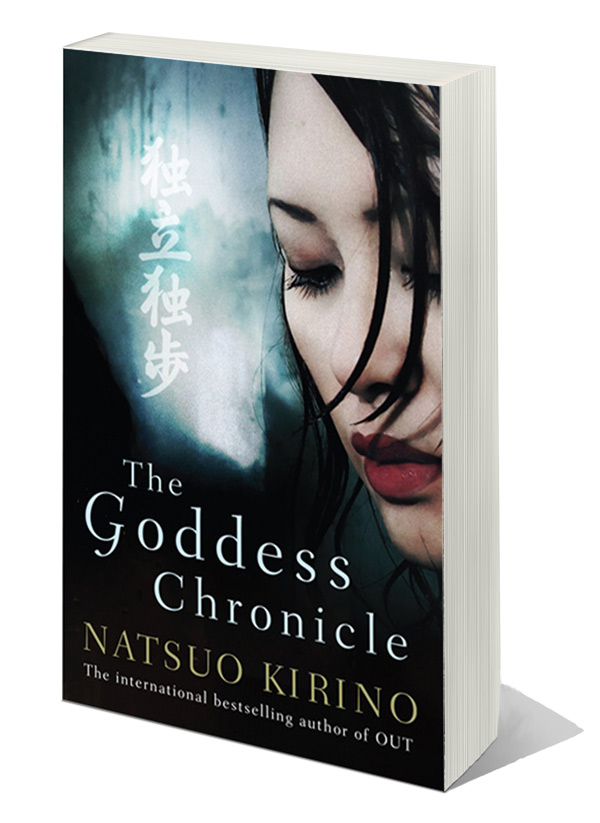

Like the goddess, Namima is consumed with anger, unable to forget her old life.


But the goddess has the last word: the people she kills are the women who have slept with her husband. In retaliation, Izanaki impregnates a thousand women a day in the guise of a human man. To revenge herself against Izanaki, daily she selects a thousand people to die. "It's always the woman who dies," she tells Namima. They were told that it was because Izanami, the female, should not have been the one to speak first when they met at the pillar.īetrayed by her husband, Izanami has been trapped in the Realm of The Dead, becoming the deity of the underworld. When their children were born deformed and had to be put in a boat and floated out to sea, they asked the higher gods what they had done wrong. Rounding the pillar, Izanami saw her husband and greeted him. To consummate their union, they circled a massive pillar, each walking in opposite directions to meet up on the other side. Churning the empty seas with a spear, Izanami and Izanaki created the islands of Japan from the water dripping off the blade's tip. The goddess appears miserable and angry, but, as Namima soon discovers, she has reasons to be.Īt the heart of Kirino's tale is a retelling of the relationship between Izanami, the Goddess of Creation, and her husband Izanaki, drawn from Kojiki or the Chronicles of Ancient Matters, the seventh-century record of the legends of the founding of Japan. She violates her community's gravest taboos and has to flee the island: but she is betrayed and ends up in the Realm of the Dead, where she meets the goddess Izanami.
#The goddess chronicles free#
Like many of Kirino's female characters, Namima yearns to break free of her place in a restrictive and hierarchical society. Sixteen-year-old Namima and her elder sister Kamikuu live on a teardrop-shaped paradisal island far off the south-east coast of Yamato, the old name for Japan. This theme – the subjugated position of women in society – forms the core of The Goddess Chronicle, a retelling of the myth of Japan's creation and the latest in Canongate's Myths series. Another of her novels, Grotesque, centred on a prostitute and her sister, both of them struggling against the subordinate role of women in Japan, searching for a way to have control over their lives. A provocative, fantastical saga, The Goddess Chronicle tells a sumptuous story of sex, murder, gods and goddesses, and bittersweet revenge.I n bestselling Japanese crime writer Natsuo Kirino's first novel to be translated into English, Out, four women working the nightshift in a bento factory help their co-worker cut up and dispose of her unfaithful husband's body the women subsequently fall out over the insurance money. At the heart of this exquisitely dark tale, Kirino masterfully reimagines the ancient Japanese creation myth of Izanami and Izanaki. Caught in an elaborate web of treachery, she travels between the land of the living and the Realm of the Dead, seeking retribution and closure. As the sisters undergo opposite fates, Namima embarks on a journey that takes her from the experience of first love to the aftermath of scalding betrayal. On her sixth birthday, Kamikuu is chosen to become the next Oracle, serving the realm of light, while Namima is forced to serve the realm of darkness-destined to spend eternity guiding the spirits of the deceased to the underworld. Kamikuu is admired far and wide for her otherworldly beauty small and headstrong Namima learns to live in her sister's shadow. In a place like no other, on a mystical island in the shape of tear drop, two sisters are born into an esteemed family of oracles. From internationally bestselling crime writer Natsuo Kirino comes a mythical slice of feminist noir about family secrets, broken loyalties, and the search for truth in a deceitful world.


 0 kommentar(er)
0 kommentar(er)
